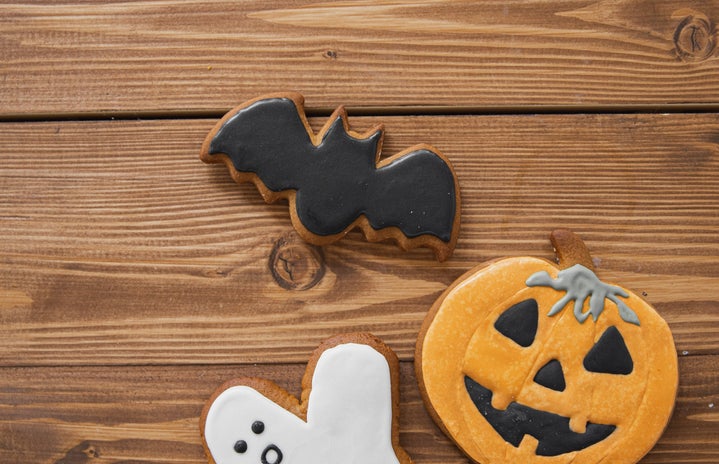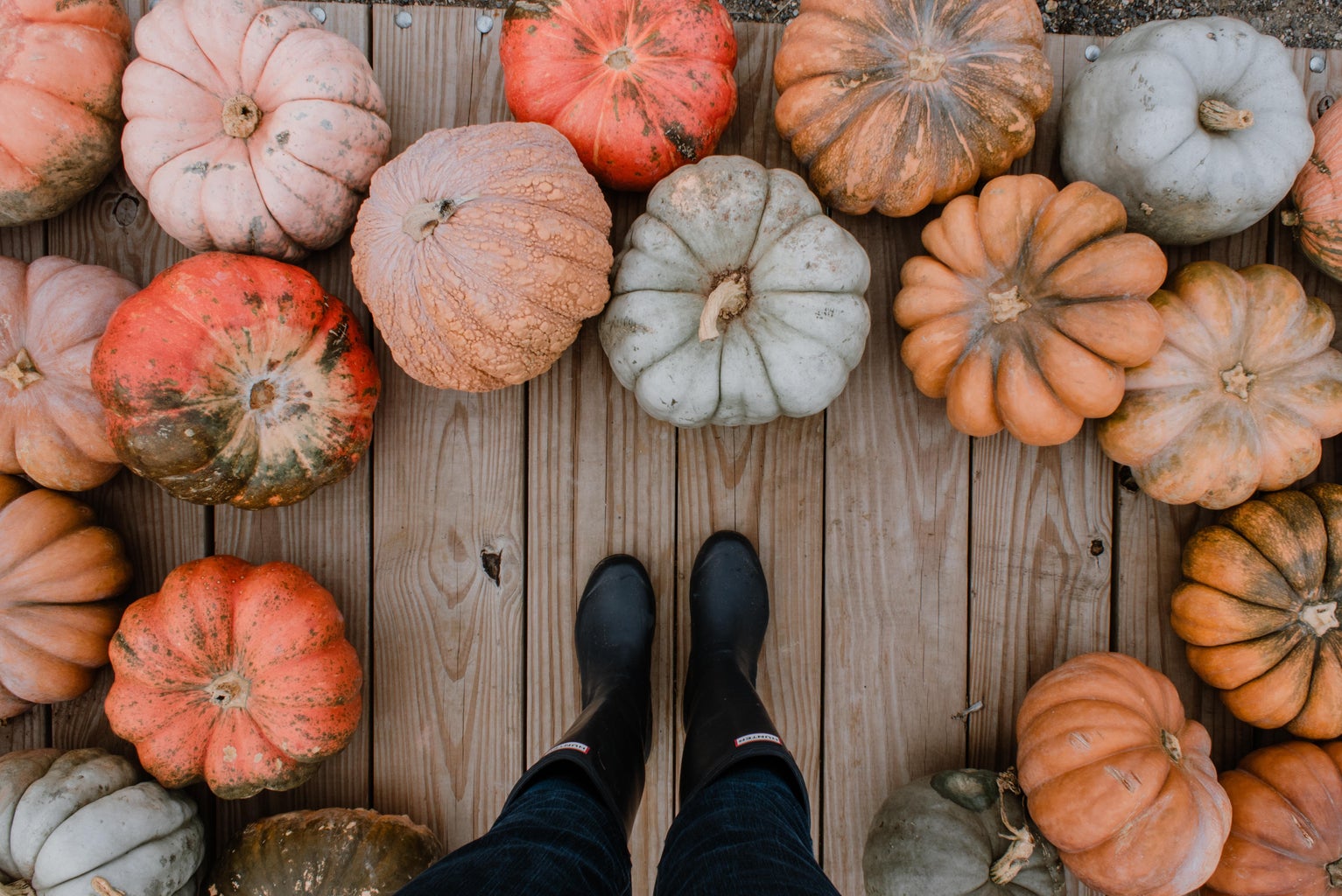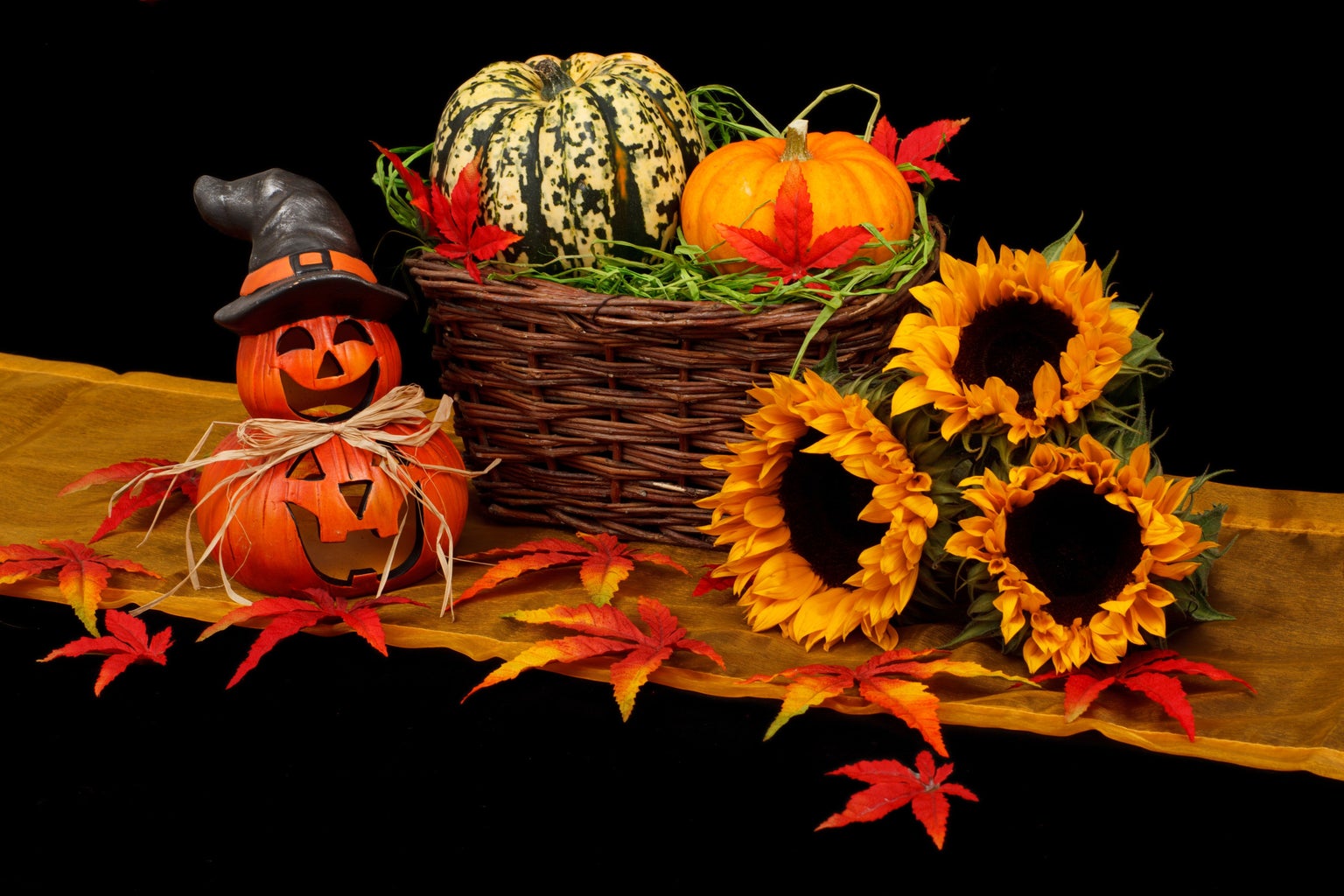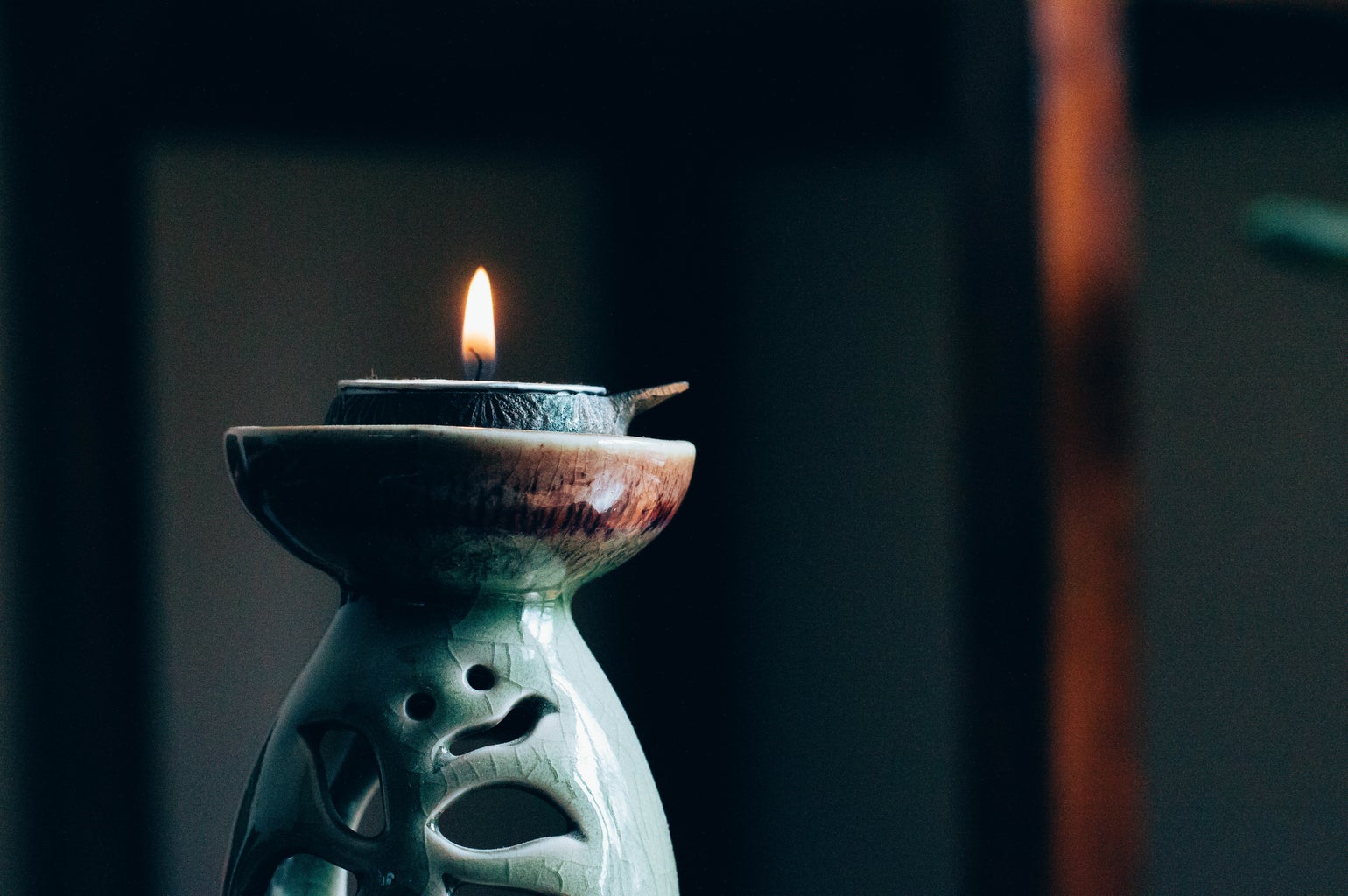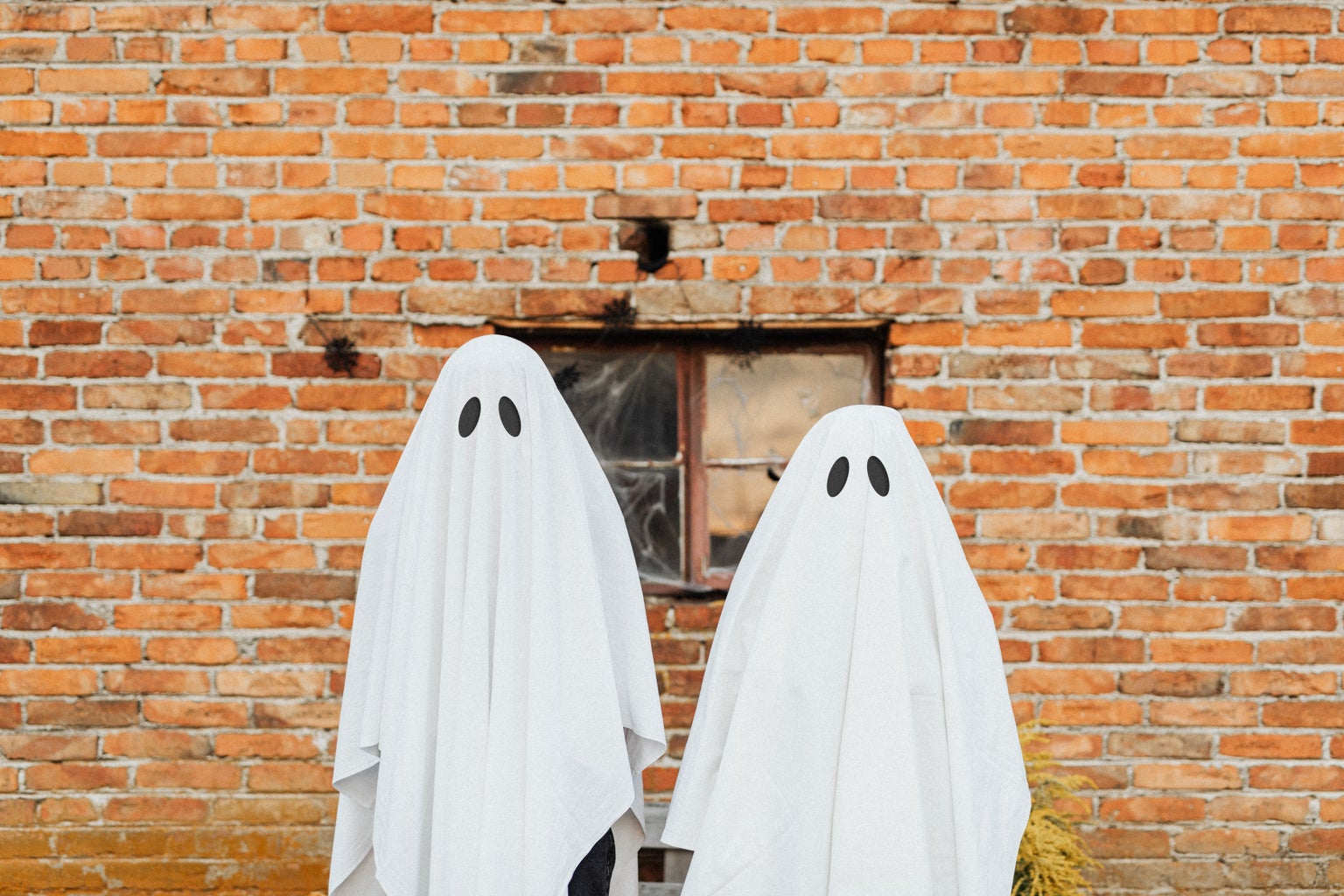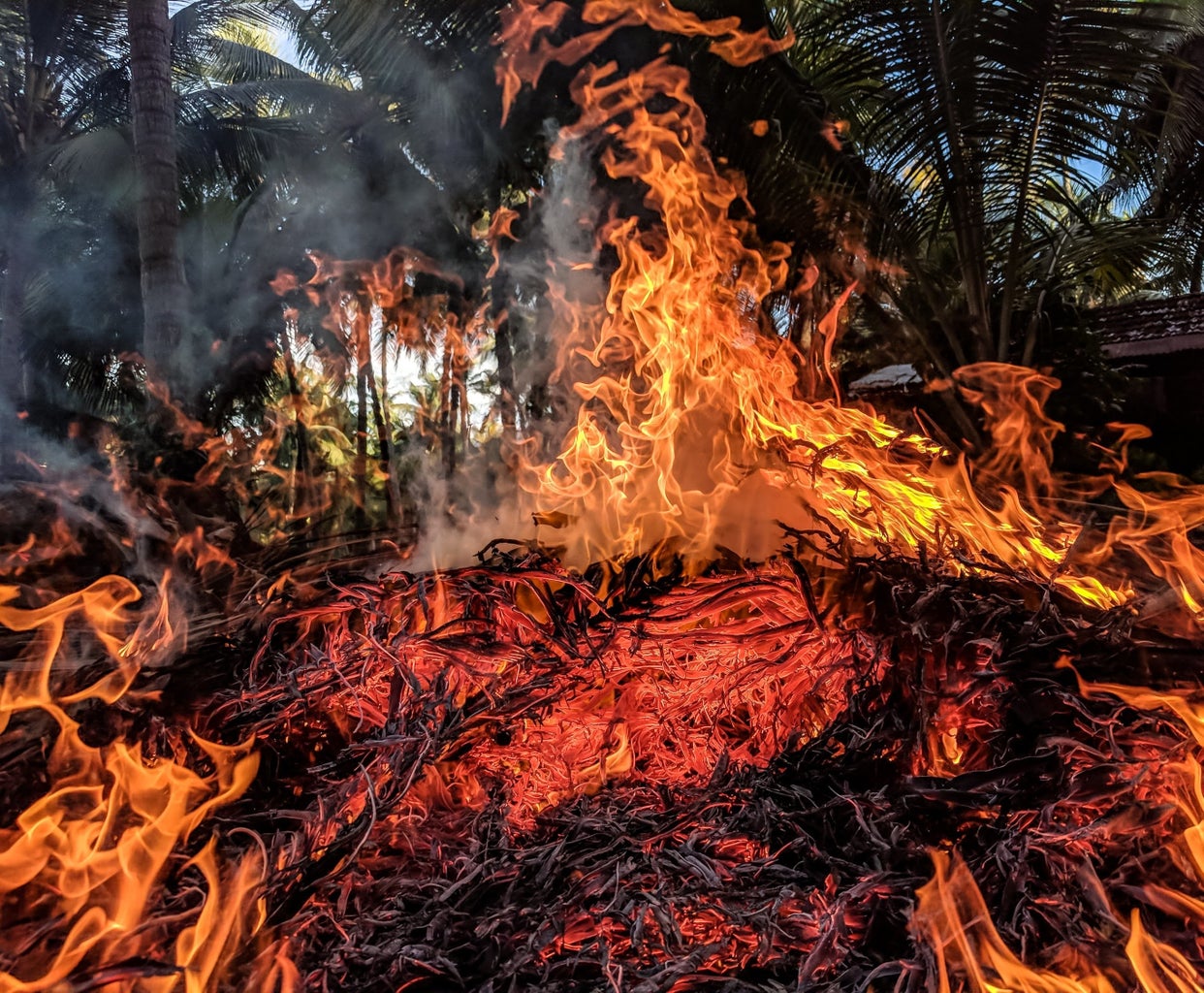’Tis the season once again- spooky season that is! Ghost and witch decor adorn store shelves, “Monster Mash” floods our speakers and Spirit Halloween locations pop up in the most unexpected locations in anticipation of the October 31st tradition of dressing up and collecting candy. But that’s only one version of a centuries old celebration, and before we start carving pumpkins and visiting haunted houses, let’s take a look at some other ways Halloween is celebrated around the world.
Japan
One of Japan’s major holiday weeks, the Buddhist Obon Festival is observed over the course of three days in Japan each July or August (depending on if you use the lunar or solar calendar) and celebrates dead ancestral spirits. Lanterns are hung to guide the dead back home, and special dances and food offerings are made at gravesites and altars. Though Halloween is not an official holiday in Japan, the American version has seen a huge surge in popularity in recent years. The commercial aspect is much less inflated and trick-or-treating is practically non-existent, but the streets fill with people in costumes, many of whom partake in Japan’s cosplay community and use the day as a reason to engage in the costume-culture.
Italy
La Festa di Ognissanti, or All Saints’ Day, is the annual Italian celebration that honors the dead and remembers the 12 Saints. Traced back to the 4th century AD, All Saints’ Day is one of the oldest recorded rituals of its kind, and is celebrated differently depending on the region. Common customs are to eat near the grave of a loved one, light a candle and place it in a carved pumpkin or leave food or water for the dead. Some believe that the dead bring sweets to children during the night, whereas other children go from house to house seeking offerings for the dead and wear homemade necklaces of roasted chestnuts and apples.
mexico
Instead of trick-or-treating or throwing costume parties, Mexico celebrates Día de los Muertos (Day of the Dead). This Mesoamerican Spanish holiday takes place over two days, November 1st and November 2nd, when the gates of heaven open and spirits can rejoin their living families, hence the moniker. Despite the ghostly implications, the day is seen as joyful rather than scary, as spirits are welcomed back. Many people make special altars called ofrendas that are decorated with photos and memorabilia to honor their loved ones and paint sugar skulls and garnish marigolds, which are thought to attract departed souls.
china
On the 15th day of “Ghost Month” according to the lunar calendar, Teng Chieh is celebrated in China. Food and water offerings are often placed in front of photos of deceased relatives, or left on altars in the middle of the streets, and in the evenings rice is thrown in the air for the spirits. People honor, entertain and relieve the pain of their ancestors, and many mannerisms are adopted or relinquished out of respect, such as not wearing red, taking selfies, or picking up money. At the end of the celebration, lanterns are sent floating on rivers to guide the spirits back to their resting place.
PHILLIPines
Pangangaluluwa is celebrated in the Philippines on October 31st, where people go around “souling”. Its history has roots in Catholicism, so it is associated with All Saints’ Day, but varies from region to region. Dressed as an evil spirit lost in purgatory (such as a ghost in a sheet), people go around asking for favors for the dead, disguised as a demon to trick real ones. Traditionally, rice cakes or money were given as an offering, but the custom has weakened in popularity. Lighting candles and gathering around dead ancestors with family, as well as caring for gravesites, is common practice when celebrating.
ireland
The ancient Gaelic Samhain celebration was traditionally meant to ring in the end of harvest and welcome the “dark half of the year”. Believing that the spirit world is closer to the physical world on October 31st, priests would light a community fire while singing in prayer. Citizens could then take a flame back to their home to relight the hearth that they had let die out with the end of harvest. “Dumb Supper” would later be celebrated, wherein the spirits would come through the open windows to eat with their families as children would play games to entertain the dead and adults would summarize the past year. Still celebrated today, more common activities include bonfires, feasts and dancing.
There you have it, some diverse ways that “Halloween” is observed around the world. No matter your festive traditions, HerCampus wishes you safe and happy celebrating!
